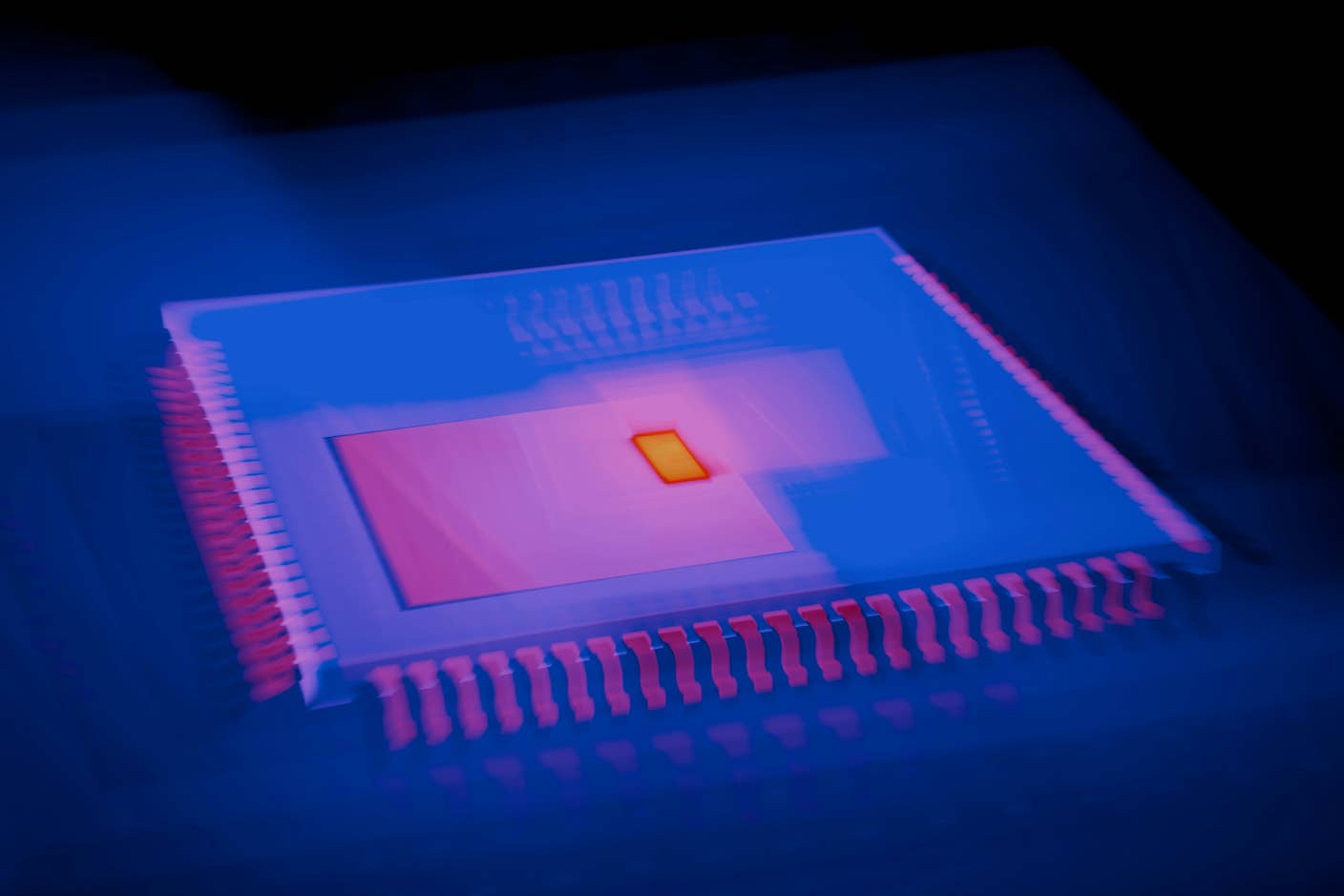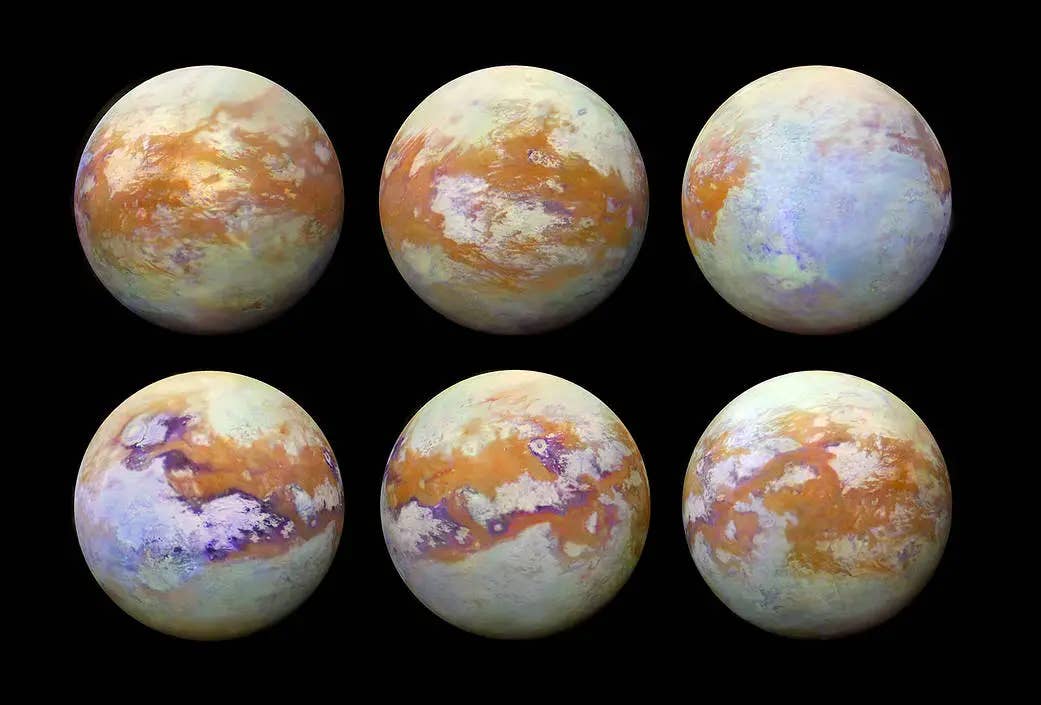This Week’s Awesome Stories From Around The Web (Through September 30)

Share
AUGMENTED REALITY
ZED Mini Turns Rift and Vive Into an AR Headset From the Future
Ben Lang | Road to VR
“When attached, the camera provides stereo pass-through video and real-time depth and environment mapping, turning the headsets into dev kits emulating the capabilities of high-end AR headsets of the future. The ZED Mini will launch in November.”
ROBOTICS
Life-Size Humanoid Robot Is Designed to Fall Over (and Over and Over)
Evan Ackerman | IEEE Spectrum
“The researchers came up with a new strategy for not worrying about falls: not worrying about falls. Instead, they’ve built their robot from the ground up with an armored structure that makes it totally okay with falling over and getting right back up again.”
SPACE
Russia Will Team up With NASA to Build a Lunar Space Station
Anatoly Zak | Popular Mechanics
“NASA and its partner agencies plan to begin the construction of the modular habitat known as the Deep-Space Gateway in orbit around the Moon in the early 2020s. It will become the main destination for astronauts for at least a decade, extending human presence beyond the Earth's orbit for the first time since the end of the Apollo program in 1972. Launched on NASA's giant SLS rocket and serviced by the crews of the Orion spacecraft, the outpost would pave the way to a mission to Mars in the 2030s.”
Be Part of the Future
Sign up to receive top stories about groundbreaking technologies and visionary thinkers from SingularityHub.


TRANSPORTATION
Dubai Starts Testing Crewless Two-Person 'Flying Taxis'
Thuy Ong | The Verge
“The drone was uncrewed and hovered 200 meters high during the test flight, according to Reuters. The AAT, which is about two meters high, was supplied by specialist German manufacturer Volocopter, known for its eponymous helicopter drone hybrid with 18 rotors…Dubai has a target for autonomous transport to account for a quarter of total trips by 2030.”
AUTONOMOUS CARS
Toyota Is Trusting a Startup for a Crucial Part of Its Newest Self-Driving Cars
Johana Bhuiyan | Recode
“Toyota unveiled the next generation of its self-driving platform today, which features more accurate object detection technology and mapping, among other advancements. These test cars—which Toyota is testing on both a closed driving course and on some public roads—will also be using Luminar’s lidar sensors, or radars that use lasers to detect the distance to an object.”
Image Credit: KHIUS / Shutterstock.com
Alison tells the stories of purpose-driven leaders and is fascinated by various intersections of technology and society. When not keeping a finger on the pulse of all things Singularity University, you'll likely find Alison in the woods sipping coffee and reading philosophy (new book recommendations are welcome).
Related Articles

This Light-Powered AI Chip Is 100x Faster Than a Top Nvidia GPU

This Week’s Awesome Tech Stories From Around the Web (Through December 20)

Data Centers in Space: Will 2027 Really Be the Year AI Goes to Orbit?
What we’re reading